Trivia question for Oct-18-2011
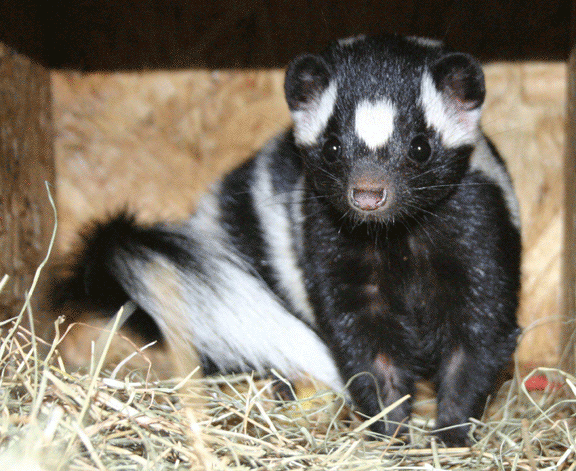
These guys are omnivorous and will eat small rodents, fruits, berries, birds, eggs, insects and larvae, lizards, snakes, and carrion. They have a keen sense of smell that helps them find grubs and other food.
Trivia question for Oct-17-2011
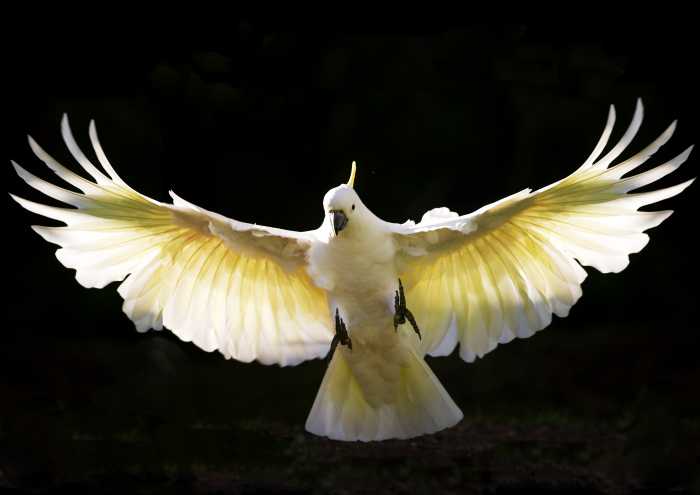
Their distinctive raucous call can be very loud; it is adapted to travel through the forest environments in which they live, including tropical and subtropical rainforests. These birds are naturally curious, as well as very intelligent.
Trivia question for Oct-16-2011
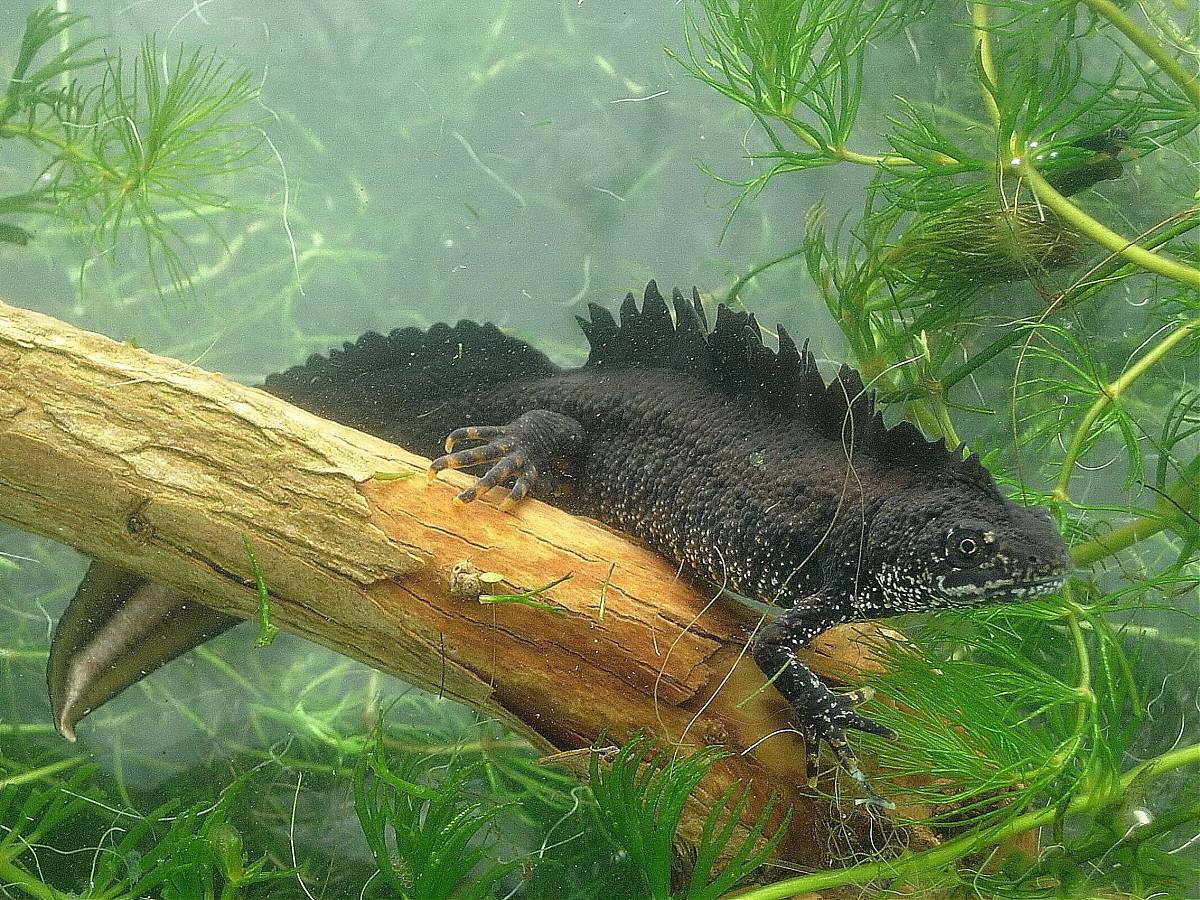
The larva of this species eats any animal that it can subdue, including other young of its own species which might be sharing the same pond.
Trivia question for Oct-15-2011
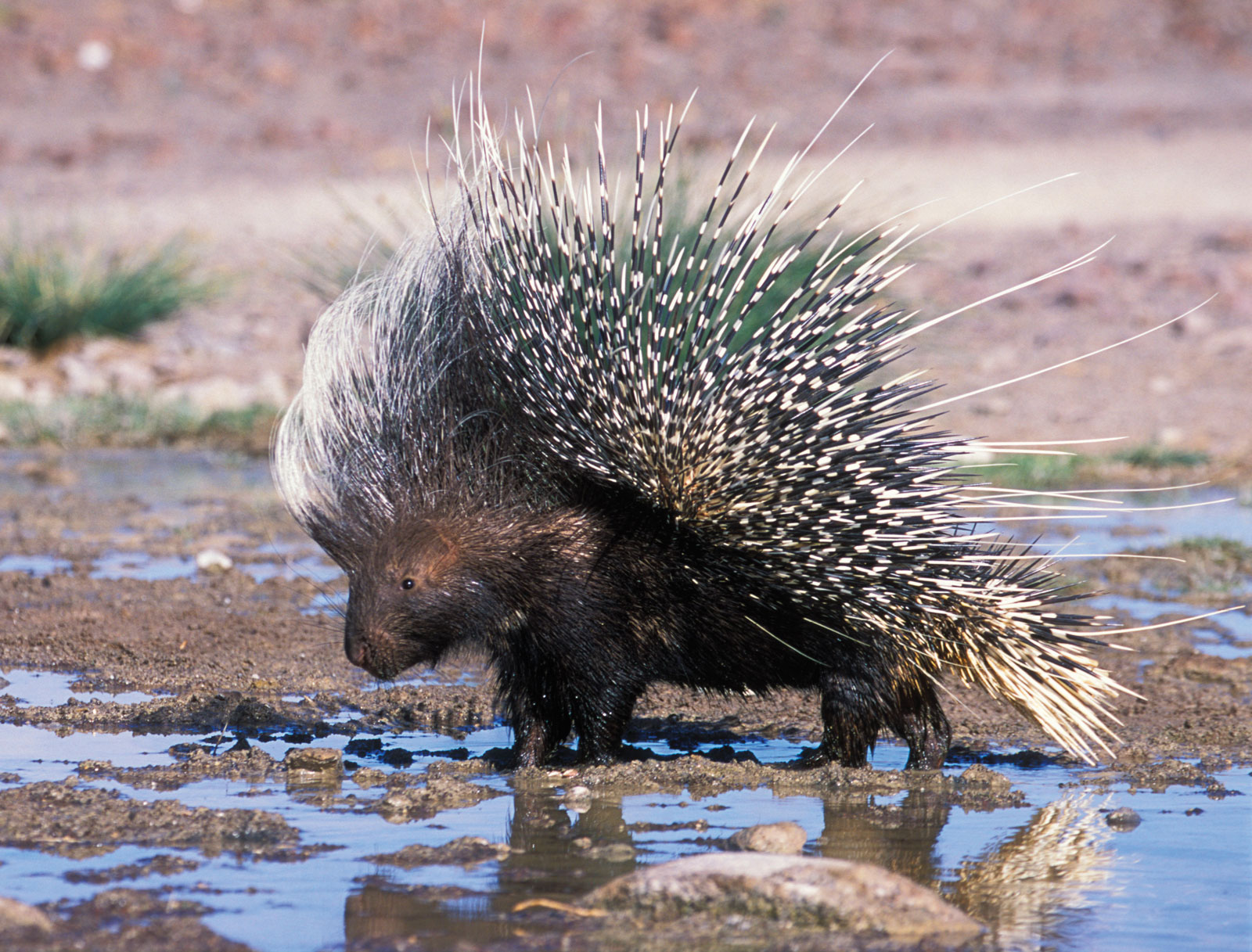
This rodent is nocturnal and inhabits rocky outcrops and hills. They shelter in caves or dens they dig themselves. Females are the biggest rodents in southern Africa, weighing more than 66 pounds and growing more than two feet long.
Trivia question for Oct-14-2011
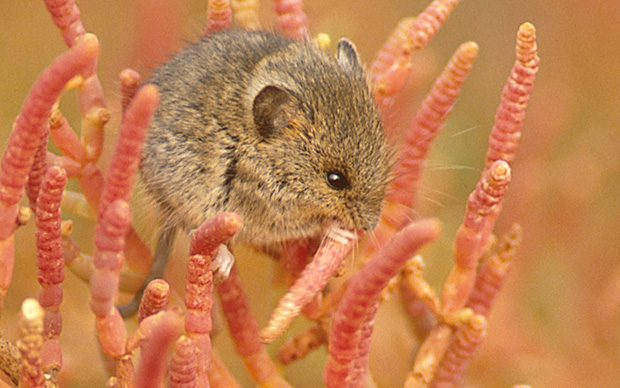
These guys are typically found in fields of cereal crops such as wheat and oats, in reed beds and in other tall ground vegetation such as long grass and hedgerows.
Trivia question for Oct-13-2011
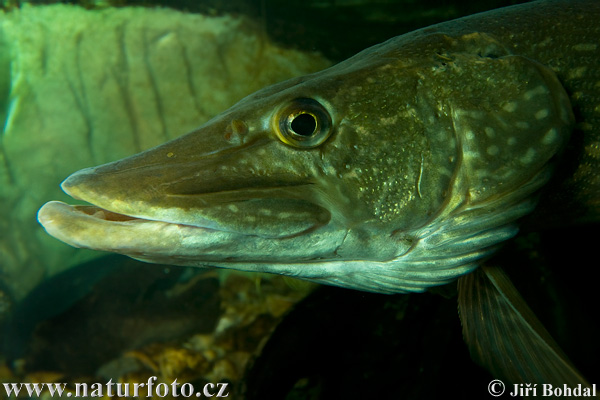
It eats mainly fish, but on occasion water voles and ducklings have also been known to fall prey to these guys. Some of these young fish have been found dead from choking on a similar size of one of their own species. They also feed on frogs, insects and leeches. They are not very particular and eat spiny fish like perch and will even take sticklebacks if that is the only available prey.
Trivia question for Oct-12-2011
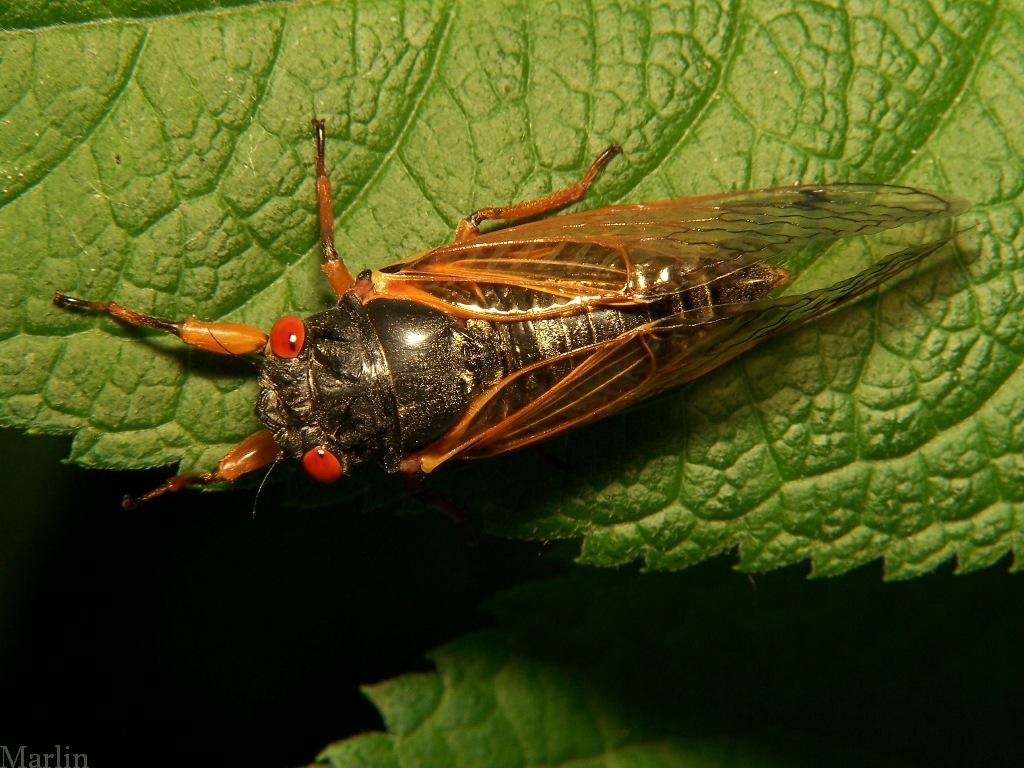
The nymphs emerge on a Spring evening when the soil temperature at about 8 inches depth is above 63 °F. In most years, this works out to late April or early May in far southern states, and late May to early June in the far northern states. Emerging nymphs climb to a suitable place on the nearby vegetation to complete their transformation into an adults.
Trivia question for Oct-11-2011
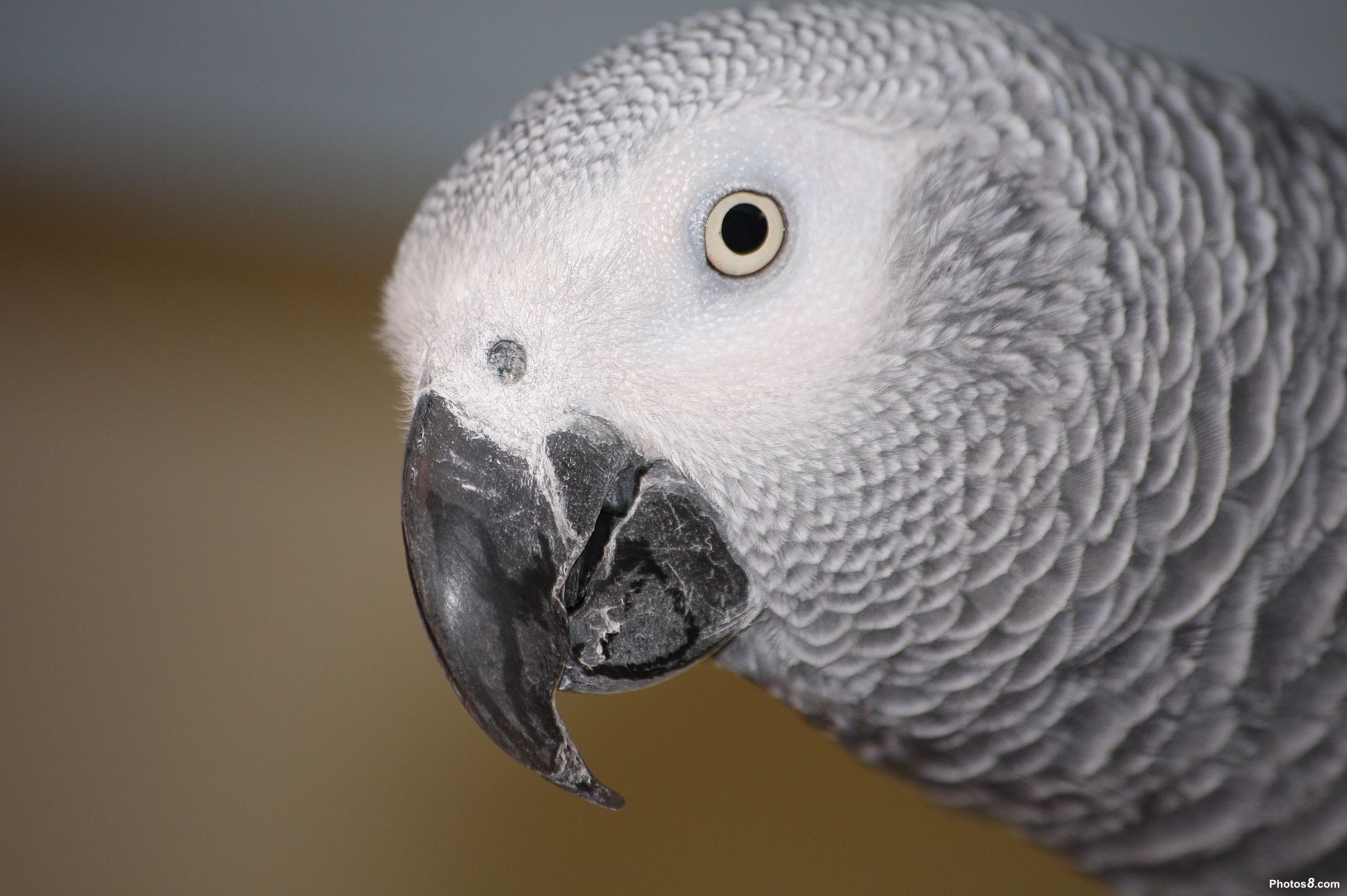
Experts regard these birds as one of the most intelligent birds. They feed primarily on palm nuts, seeds, fruits, leafy matter, but have been observed eating snails. Their overall gentle nature and their inclination and ability to mimic speech have made them popular pets. This has led many to be captured from the wild and sold into the pet trade.
Trivia question for Oct-10-2011
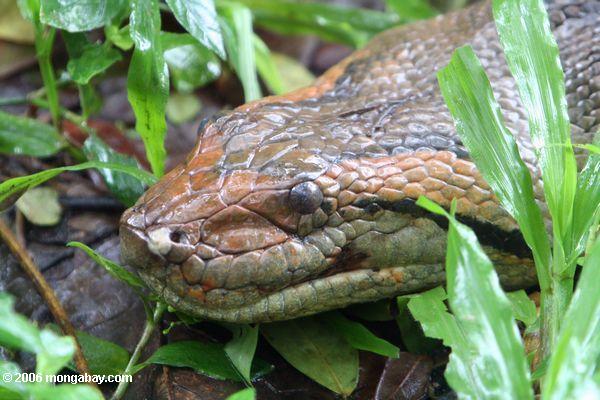
This primarily nocturnal species tends to spend most of its life in or around water. Because of their large size, they appear rather slow and sluggish when traveling on land. Completely the opposite in water, however, these guys are known to have the potential to reach high speeds in all depths of water.
Trivia question for Oct-09-2011
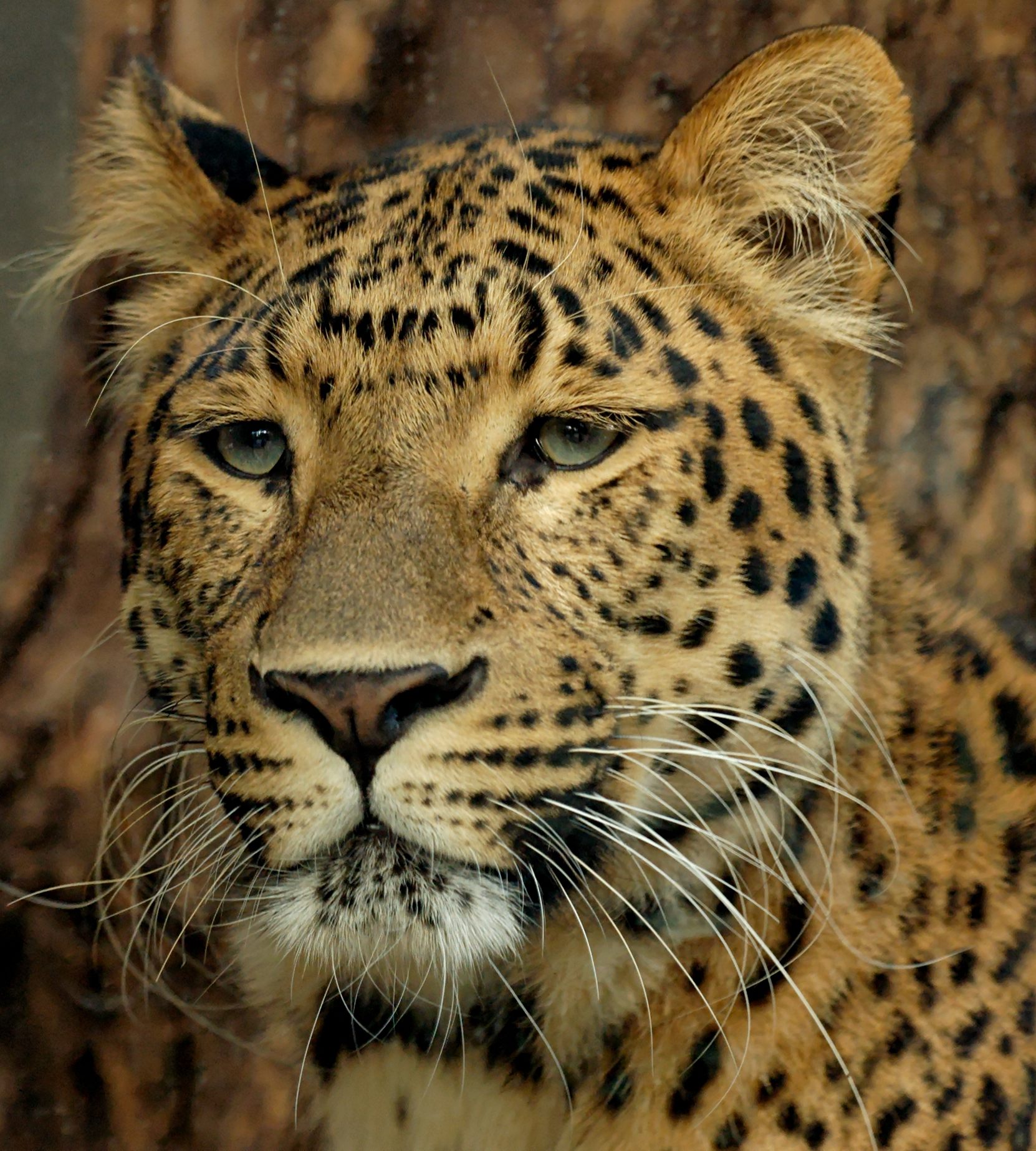
The species’ success in the wild is in part due to its opportunistic hunting behavior, its adaptability to habitats, its ability to run at speeds approaching 36 mph, its unequaled ability to climb trees even when carrying a heavy carcass, and its notorious ability for stealth.
Trivia question for Oct-08-2011

These monkeys live in a fission-fusion society, with groups coming together at sleeping sites at the end of the day. There exist bands which are formed with the fission and fusion of groups. Groups all meet during the day and travel together, but individuals do not groom or play with those from other groups.
Trivia question for Oct-07-2011
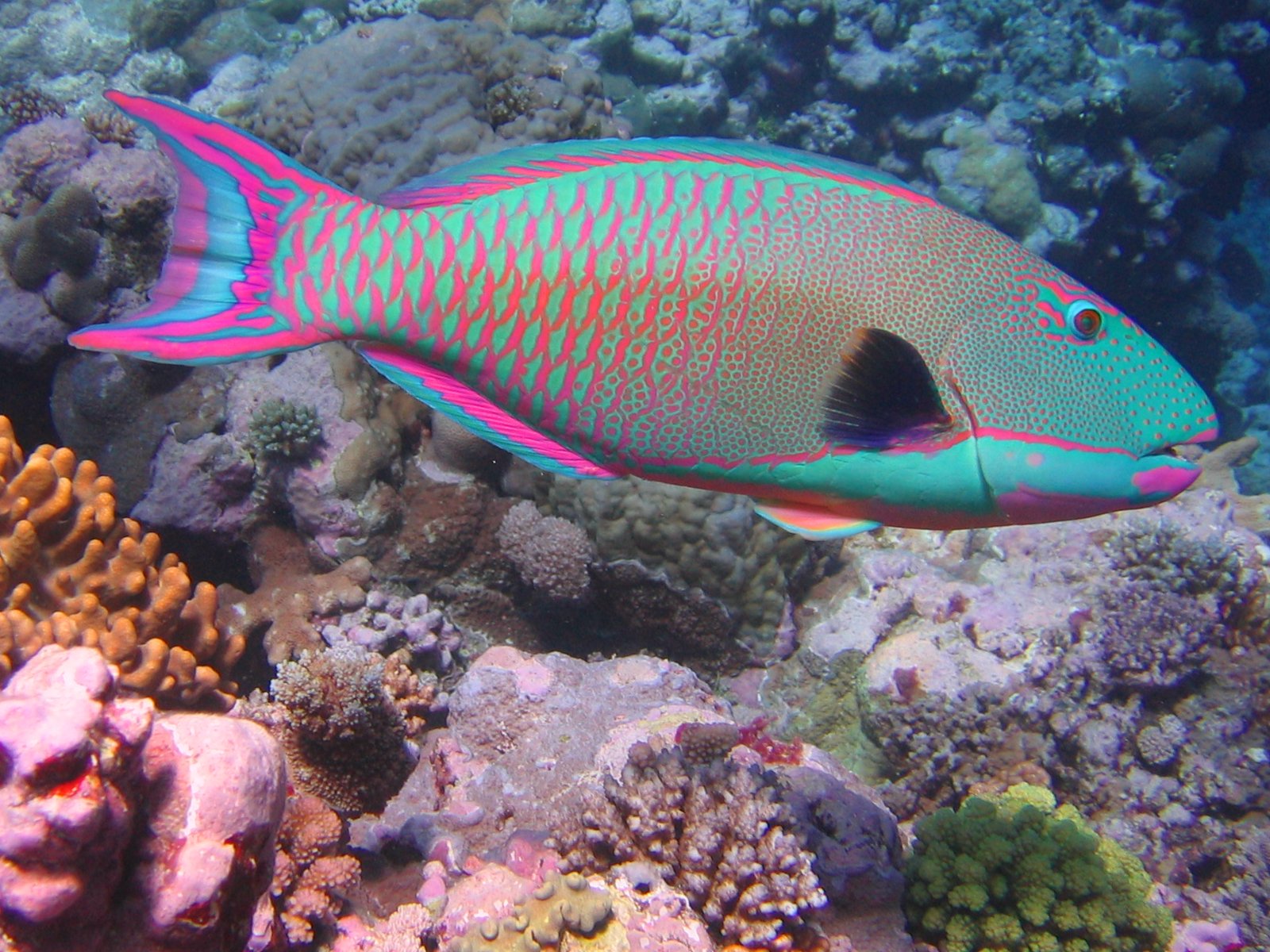
A number of species, secrete a mucus cocoon, particularly at night. Prior to going to sleep, some species extrude mucus from their mouths, forming a protective cocoon that envelops the fish, presumably hiding its scent from potential predators.
Trivia question for Oct-06-2011
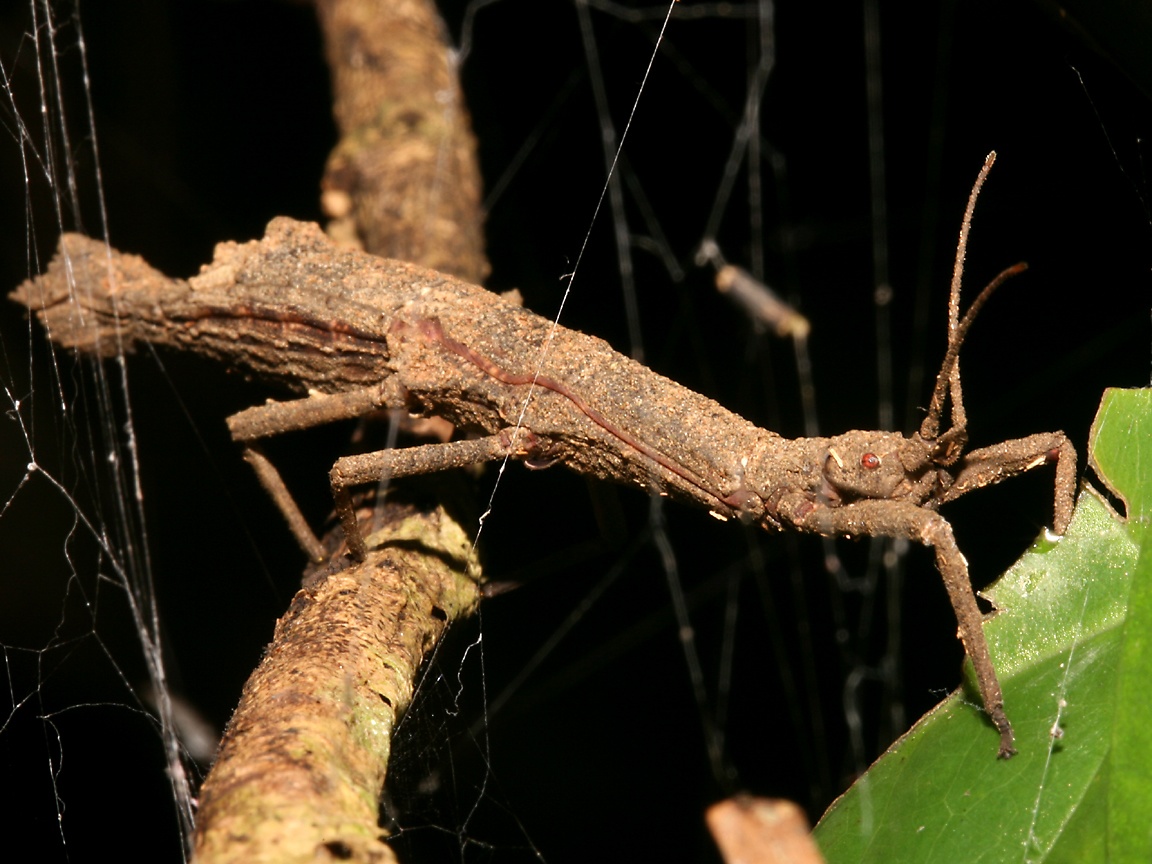
These species exhibit mechanisms for defense from predators that both prevent an attack from happening in the first place (primary defense) and are deployed after an attack has been initiated (secondary defense). Camouflage is obviously their first defense but in a seemingly opposite method of defense, many species will seek to startle the encroaching predator by flashing bright colors that are normally hidden and making a loud noise.
Trivia question for Oct-05-2011
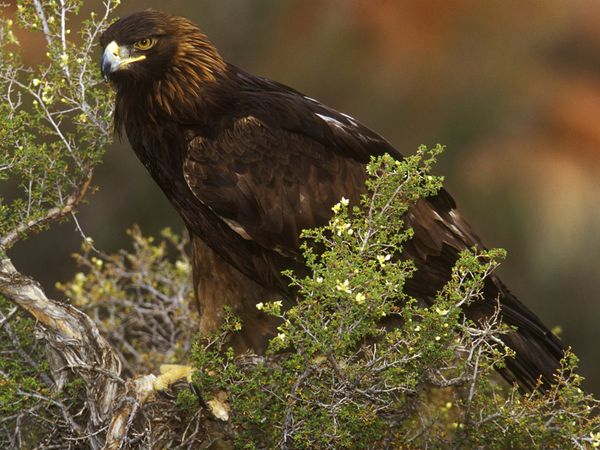
These birds have been used in falconry since the Middle Ages. In Asia, they were used in teams to hunt such animals as deer, antelope and wolves, while their use was reserved for Emperors in Europe. They can be trained for falconry.
What a difference a day makes…

As we learn more and more about the affects of plastic pollution on our environment and on the many species that share this earth with us, we have become more aware of how much trash is just lying around in our community. If you take the time to look, you too will be amazed to see how much trash we are just throwing on the ground.

